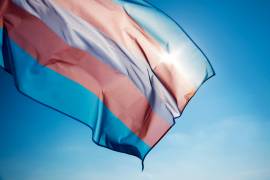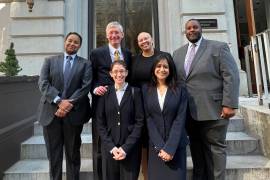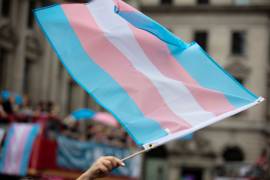By Kellee Terrell
It's not a secret that we live in a world that makes it extremely difficult to come out as transgender, gender nonconforming, or nonbinary and we are reminded of this every day we turn on the news.
We see it with the passage of Florida's anti-LGBTQ+ censorship law which bans discussing gender identity and sexual orientation in school and forces school staff members to out queer youth to their parents and guardians, further isolating and stigmatizing transgender, gender nonconforming, nonbinary, and LGB youth. We see it in Texas where the governor has unlawfully directed the Department of Family and Protective Services to harass parents who help their children access gender-affirming care with unnecessary investigations, and states such as Alabama where our opponents are considering legislation that would make it a felony for parents and health care providers to assist trans youth up to 19 years-old with gender-affirming care. And sadly, in the continuing and increasing number of murders of trans people, especially trans women of color.
But here's what we also know: No matter how hard our society tries to push trans people back into the dark and strip them of their visibility and dignity, no amount of staunch transphobia in the form of anti-trans laws or senseless violence will erase the trans community. They have always been here and they are not going anywhere and thank goodness because their lived experiences, brilliance, and contributions make our collective lives fuller and better.
Even in the beauty, power, and resilience of being visible, we recognize that it's complicated. On the one hand, living one's truth can be life-saving, empowering, and affirming for others of trans experience. But it's also risky, given that not everyone has the space or the safety to live their truth.
This Transgender Day of Visibility, we wanted to explore these nuances by asking three people of trans experience to talk about their definition of visibility, their journey to living their truth, and what they hope the future holds for other trans people.







